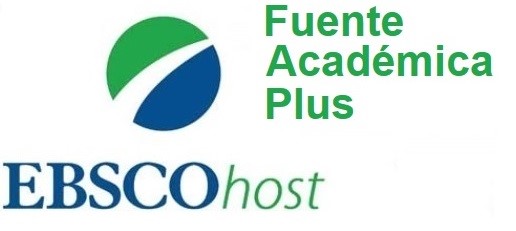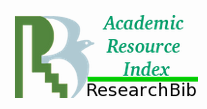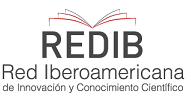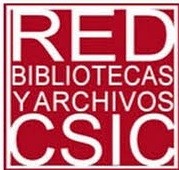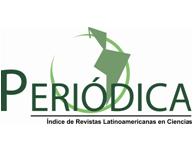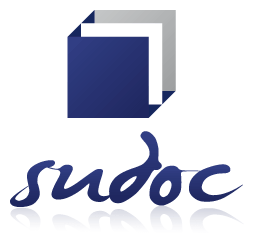EVALUATION OF EXTRA FINE ETHANOL PRODUCTION BY SIMULATION WITH ASPEN HYSYS V10.0
Keywords:
distillation, extra fine ethanol, fermentation, simulationAbstract
Introduction:
In the distillery under study, there are no simulation models available to evaluate the operation of alcoholic fermentation and extra fine ethanol distillation, nor to analyze alternatives for improvement or substitution of raw materials.
Objective:
To develop Aspen Hysys simulation models for the alcoholic fermentation and extra fine ethanol distillation stages, enabling operational evaluation, identification of process improvements, and assessment of the feasibility of replacing molasses with alternative substrates.
Materials and Methods:
The simulation was carried out in Aspen HYSYS V10.0. The NRTL property package was selected for the liquid phase and the Ideal model for the vapor phase in both the fermentation and distillation stages. The simulation models were validated using literature data and real plant data. A Δ benefit - Δ cost analysis was conducted comparing the use of molasses with that of syrup and juice from the filters with molasses as alternative raw materials.
Results and Discussion:
The simulation models for the fermentation and distillation stages were validated with a maximum relative error of 3.87% and 6.12%, respectively. It was determined that, under the studied conditions, using syrup or juice from filters with molasses as raw material for fermentation is not economically feasible.
Conclusions:
Validated simulation models were obtained for the fermentation and distillation stages of extra fine ethanol production. Economically, only the use of molasses as raw material is feasible for producing extra fine ethanol.
Downloads
Downloads
Published
How to Cite
Issue
Section
License

This work is licensed under a Creative Commons Attribution-NonCommercial 4.0 International License.




